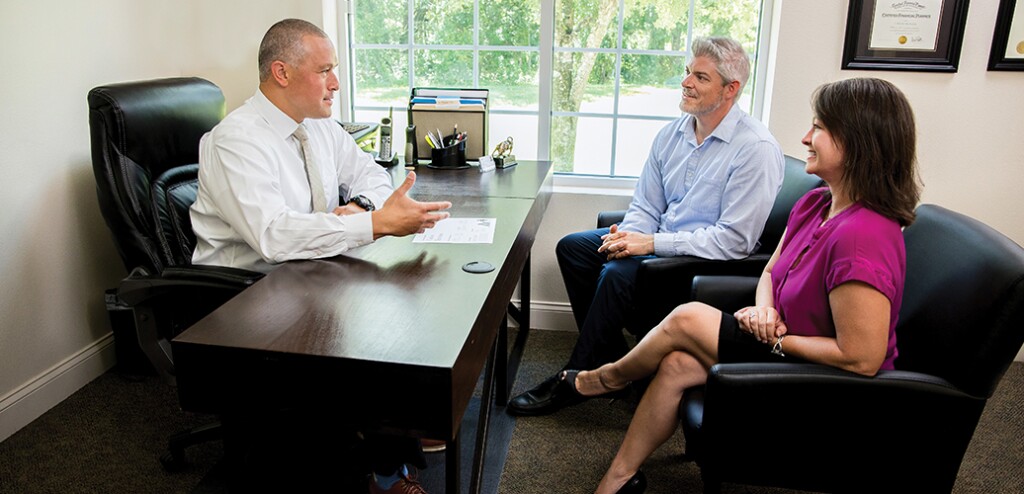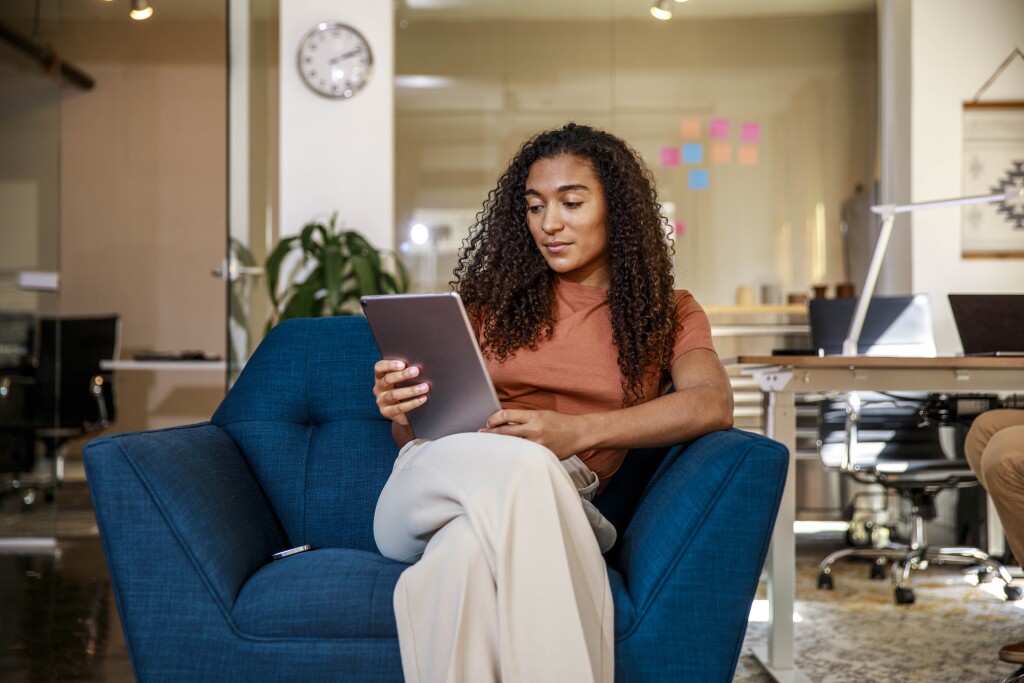Buying a home comes with a bombardment of information and advice. So often, old conventional wisdom is taken as fact. Two big ones are that you must have 20% down and that you should do everything possible to avoid private mortgage insurance (PMI), even if it means putting down more than you can afford.
Mortgages are more flexible than you might think. There are even types of home loans with no down payment required. If you're considering homeownership but don't have a chunk of cash, there are paths to do it. Let's talk about how to buy a house with no money down so you can decide if these options fit your needs and budget.
What is a down payment?
A down payment is an amount that you pay upfront. With mortgages, it's typically a percentage of the home's purchase price. To put it in context, a $400,000 home could involve a buyer needing to bring a 20% down payment of $80,000 to the closing.
Saving for a down payment is one of the biggest struggles for prospective buyers. Having to have this money on hand on top of covering fees and closing costs can make it tough for a lot of people to reach their long-term savings goals. It's especially true in a market with rising housing costs and higher interest rates.
Debunking the 20% down payment myth
Many people think having a down payment on a house is a hard rule and that if they don't have 20% to put down, they can't buy. Or that if you have less than that, you'll be stuck with outrageous PMI costs. Neither is completely true.
First, buying a home with less than a 20% down payment is not at all impossible. In fact, the
As for PMI, mortgage lenders do sometimes require it. It's because PMI protects them from the risk of you defaulting on your loan. But it's not necessarily an astronomical amount. In 2021, the
Must qualify for membership in TCU.
Any data or personal information collected by websites other than Thrivent is not covered by Thrivent's privacy policy. We recommend you read the privacy policies of those sites as they may be different from Thrivent's policy.
Usually, annual PMI costs are divided by 12 and simply added to your mortgage payment. For most people, PMI adds a few hundred dollars a month but doesn't last forever. You may only have to include it until you've reached 20% of the original value, which may only be a few years. Once you've hit the threshold, ask your lender about releasing it. It will automatically release once you've reached 22% of the original value. One extra tip is that if the housing market in your area has gone up, consider getting your home appraised again. If the home is worth more, you could qualify for a PMI cancellation.
Bottom line: There are ways you can buy a home with 20% down or 0% down or something in between. The key is running the numbers to see what works best for you. Hypothetically, if you have 20% to put down in cash but it would deplete your entire savings, consider other options. Look at whether putting only 5% to 10% down but factoring in the PMI gives you some breathing room. If it works for you, then you can think about putting some extra money toward your mortgage in the short-term future to pay down the PMI quickly.
Can you buy a home with no money down?
Yes, you can buy a house with no money down. There are types of home loans with no down payment available to certain buyers. These often come through government-backed loan programs. The government insures these loans, reducing risk. That benefits buyers who want to buy with either little or no down payment.
Not that this doesn't mean you won't need any cash on hand to buy a home. You'll likely still need to pay closing costs. These include fees to your lender, a real estate agent or an attorney, plus fees for credit reports, appraisals, title review and property taxes. Closing costs typically range from
Some loan programs may allow credits to reduce your closing costs. Explore your options with your lender to learn how you may qualify.
Types of home loans with no down payment
Currently, two federal programs exist that let you buy a home with zero down payment regardless of whether you're a first-time or repeat buyer. Explore these options to learn how to buy a house with no money down:
1. VA loans
The Department of Veterans Affairs offers
VA loans don't require mortgage insurance or have a maximum loan amount. Unless you're exempt based on stipulations within the VA, they do require a one-time guarantee fee, but that can be rolled into the total loan amount. Plus, these loans often offer slightly lower interest rates than conventional lenders.
To qualify for a VA home loan, you will need:
- A certificate of eligibility from the Department of Defense detailing that qualifying service requirements have been met.
- A healthy credit score. The VA doesn't have a credit score requirement, but the lenders who will review your application may have them. The minimum is usually 620. Typically, the higher the credit score, the more attractive the loan rates.
- An intent to make your new home your primary residence (not a vacation, investment or income-generating property).
- Documentation of your full financial picture—including income, debts and credit score, as part of your application.
2. USDA loans
The United States Department of Agriculture offers
USDA loans are aimed at low- to moderate-income homebuyers and typically offer lower interest rates than market value. Additionally, these loans don't require mortgage insurance, but homebuyers will have upfront and annual guarantee fees rolled into the monthly payment.
These are some of the
- Applicants must meet location-based income requirements. The general guideline is that your income can't be more than 115% of the median income in your county.
- The USDA doesn't have a
credit score requirement, but lenders who will review your application may. The minimum is usually at least 640. If your score is lower than that, you may need a lower debt-to-income ratio to compensate. - Lenders typically allow a maximum
debt-to-income ratio of 41%. This means your existing debts plus your new mortgage shouldn't take up more than 41% of your monthly gross income. - The USDA requires the home to be your primary residence.
- Lenders will review your holistic financial situation, including income, debts and credit score, as part of your application.
Other options for low-money-down mortgages
Not everyone will qualify for a no-money-down mortgage through the VA or USDA. That doesn't mean you're out of options. Many lenders and other government programs offer low-money-down mortgages where you may only need to have between 3% and 5% for the down payment.
HomeReady
The Federal National Mortgage Association (Fannie Mae) offers
Some of the features include:
- Down payments can start at 3%.
- Credit scores typically need to be above 620. Those above 680 may see higher benefits.
- To qualify for the loan, you may need to meet income and location requirements, and first-time homebuyers must attend homeownership education classes.
- The home must be your primary residence. However, you can include rental income from secondary dwelling units (such as an apartment within your home or a duplex) as part of your overall income.
Home Possible
The Federal Home Loan Mortgage Corporation (Freddie Mac) runs the
- Down payments can start at 3%.
- To qualify for these loans, you
may need to meet requirements based on credit score, income and property location. - The program also offers options for self-employed income verification, which can be difficult with conventional lenders.
- You don't need to be a first-time homebuyer to qualify and may own other financed properties, but first-time buyers must attend homeownership education classes.
FHA loans
The Federal Housing Administration (FHA) also has
- FHA loans allow those with lower credit scores to apply for mortgages with 3.5% down.
- If your credit score is below 600, you may still qualify for a loan but need to pay a higher down payment.
- Mortgage insurance is required if you get an FHA loan through your lender.
- The home must be your primary residence.
Conventional loans
Depending on your finances and credit score, you may qualify for a low down payment loan through a conventional lender, though they will typically require you to pay PMI if it's less than 20%. Some additional programs run through Freddie Mac and Fannie Mae offer 3% and 5% down payment options. Your ability to qualify for these often relies on your credit score and solid financial history.
What do lenders look at when you apply for a home loan?
Regardless of the loan type or lender you choose, there's a traditional mortgage application process. Many reviewers look for key pieces of information to determine if you qualify for a loan, including:
- Your credit score. The higher your
credit score is, the more likely you'll secure better rates. Work on paying your bills on time before you prepare to buy. - Your debt-to-income ratio. Lenders will want to know how much of your monthly income is going toward debt. Many will have a cap on the rate. Try to pay down any debts before applying.
- Your work and income history. Many lenders require a two-year history of stability in the same line of work. To them, it helps show that you can afford your monthly payments.
- Your down payment, if you have one. As noted, you don't need a down payment to buy a home. But knowing how much you could realistically afford to put toward one is essential.
- The loan details. This includes the loan amount, the length of the loan and the rate. These often depend on some of the above factors and the home you're interested in buying. Review the different types of loans available to see which you qualify for and the rates you can get.
Before you start the homebuying process, review your finances. See where you can improve your qualifications, perhaps by raising your credit score and lowering your debt. You also may want to hold off on any big purchases or taking out other loans before you start applying for mortgages (and during the process) because they may affect your application.
Making the right decision for you
No one-size-fits-all guidance applies to every aspiring homebuyer, but once you see how to buy a house with no money down, you can get started. First, review your finances. It will help determine how much you can afford each month based on your budget and the homeownership costs.
Once you have the basic numbers, spend time reviewing lenders and mortgage programs to make the right choice for your budget and needs. A good guideline is to interview at least three lenders to find the one that's a good fit for you. They can also help you get prequalified, which is a great way to get a ballpark idea of what kind of mortgage you might qualify for before falling in love with something you can't afford.







